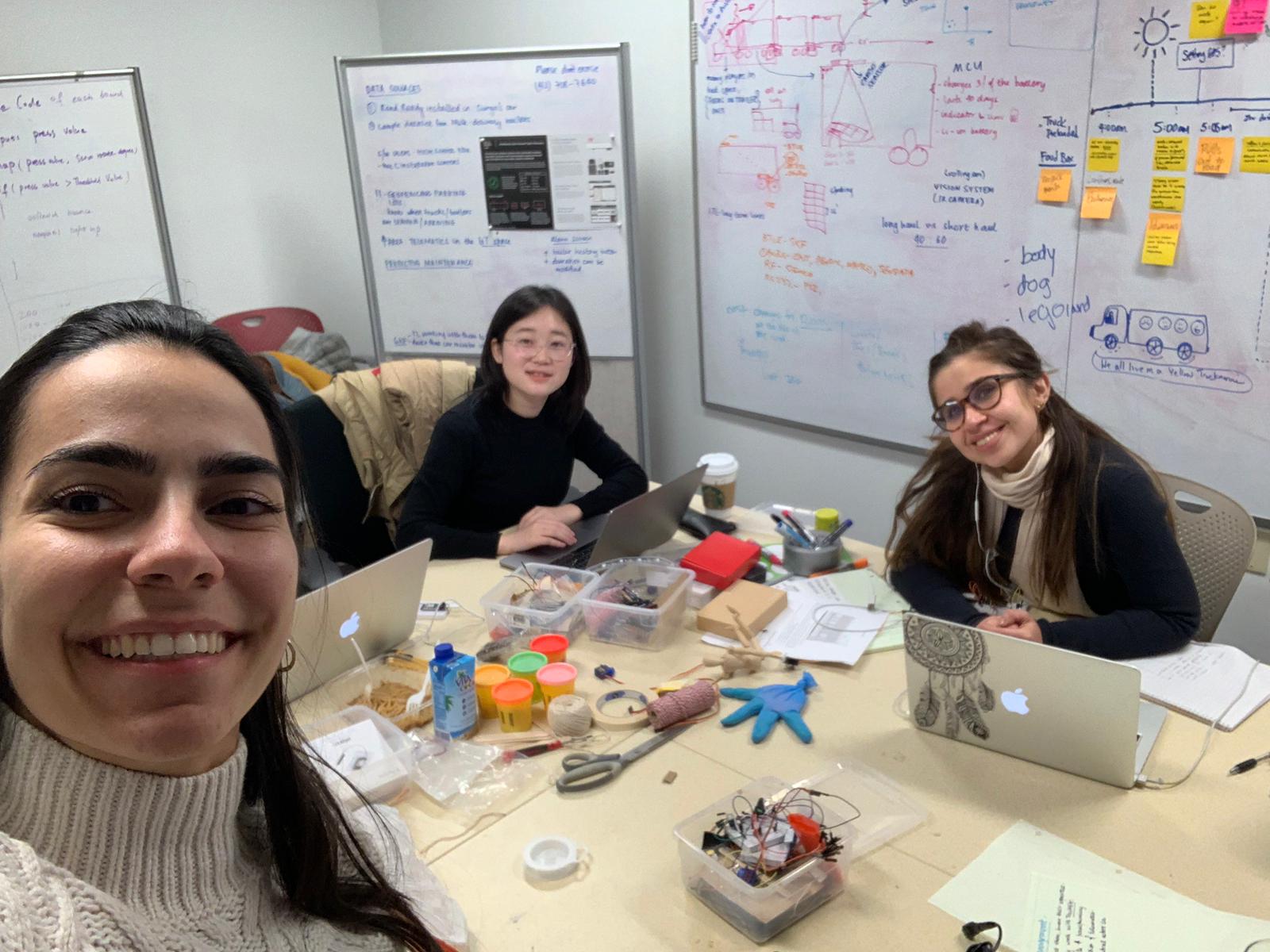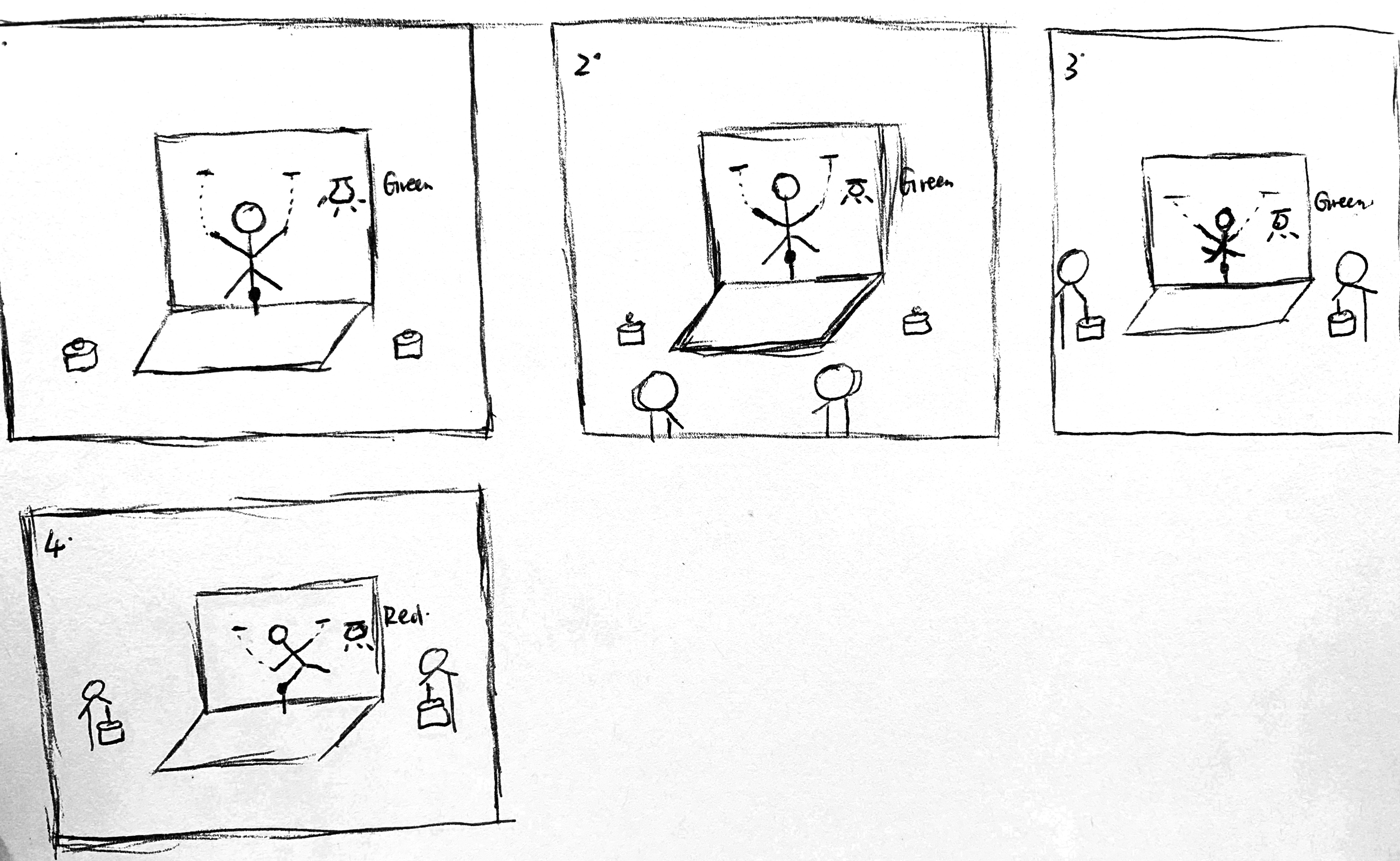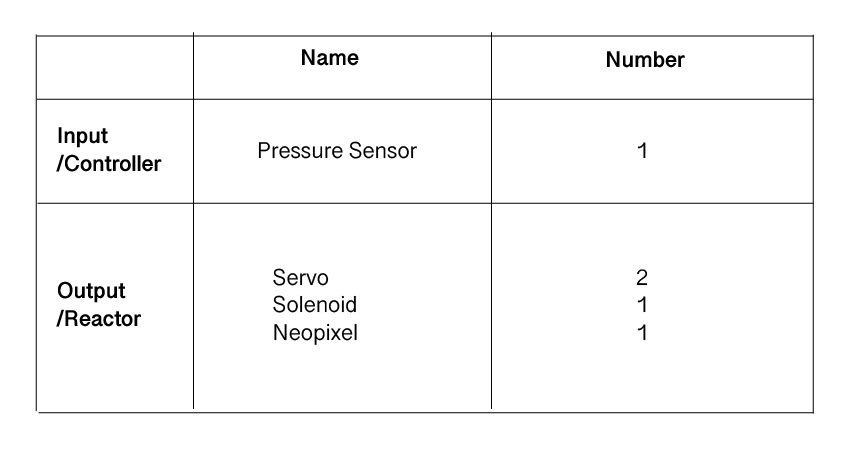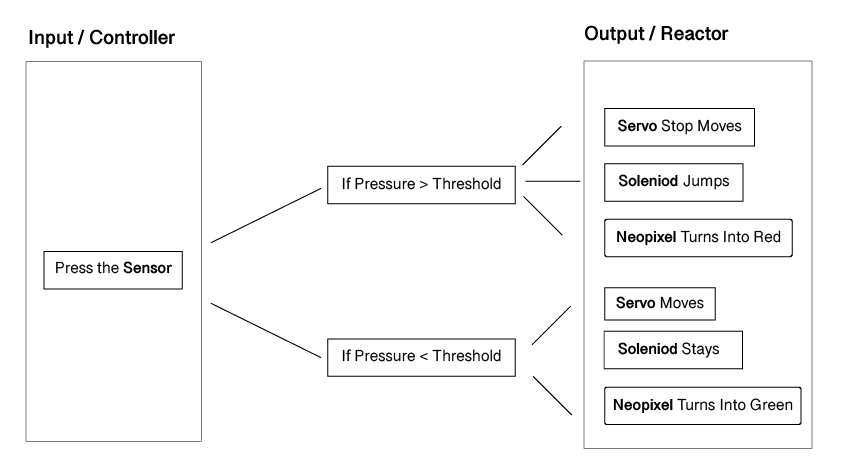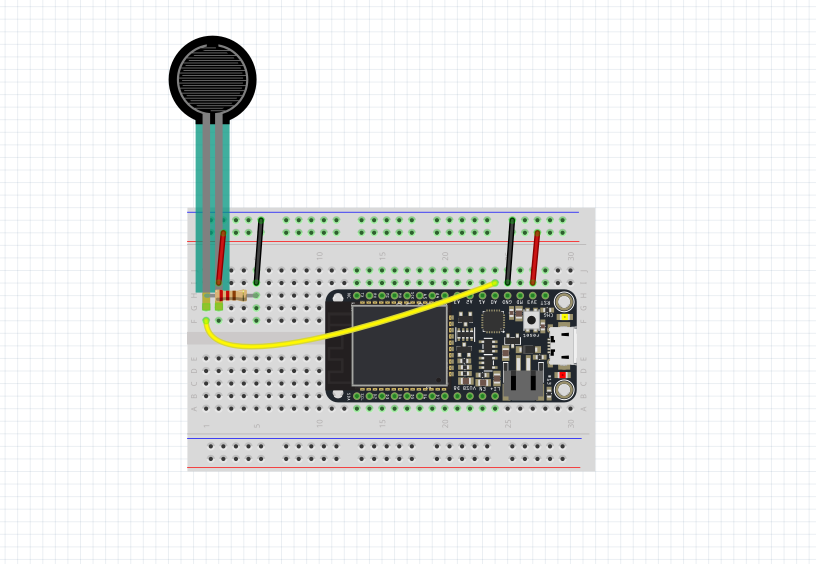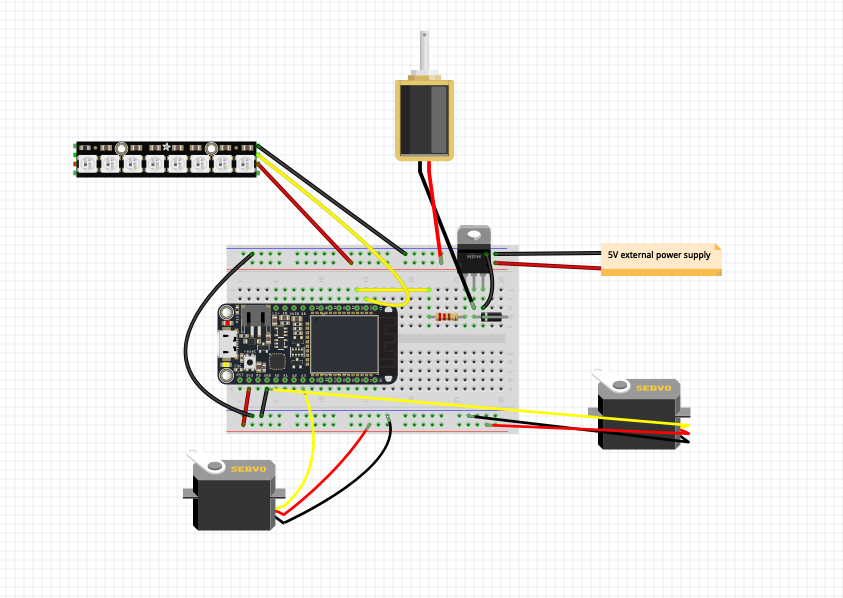The Process
The ideation process started with the decision to not make a long-distance device but instead to build an IoT device that would be ambient and aiming to foster one-to-one social interactions that would take place within one environment. More and more, people lack the ability to interact and communicate with each other within a common environment. Even if they share the same space, they may not be individually present and engaged. We see this as a big problem with young people, especially children, who are more prone to play games on their electronic devices on their own, without sharing an experience with each other. Also, children may not always know or practice taking gentle care of their devices or toys.
Ideation and Iterations
At first, we thought about building an "ice breaker" mechanism or game to be used at parties, where people can't figure out how to meet and engage with each other, but rather spend time on their mobile devices while sharing the same environment. The idea was to have two objects mimicking human moves and dancing, and two people to be copying those moves to compete with each other in time and perfection, so they would start dancing. This mechanism would prevent awkward silences and give people chances to connect. We would use a couple of sensors for the connection between humans and the objects as well as components to set up the party environment, like lights and sound. when we shared this concept in class, we received feedback that it was too complicated with so many tasks happening at the same time, so we decided to simplify the concept.
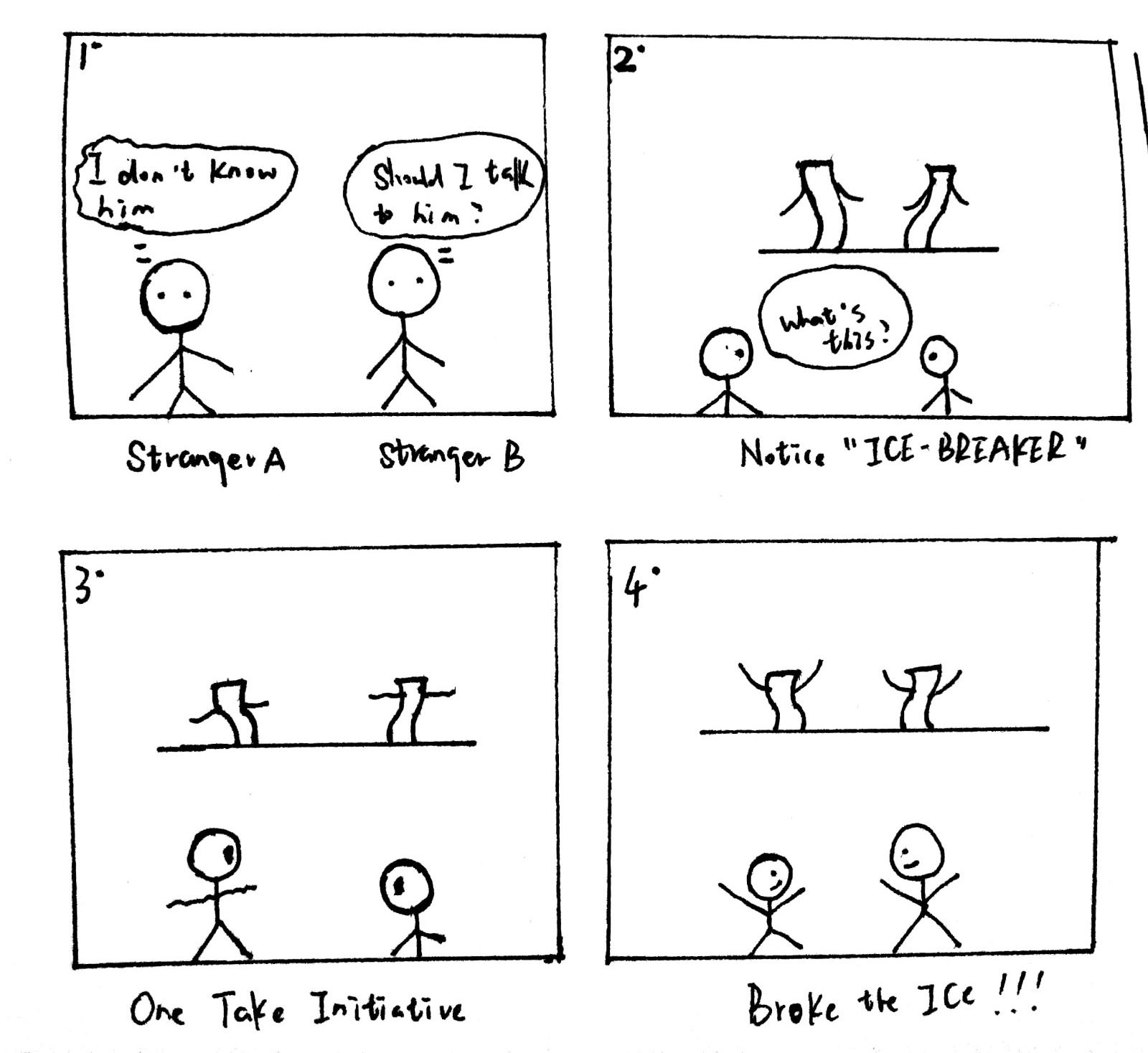
We brainstormed further for different concepts in the idea of socializing and connecting in a common space while using gaming. We came across various research articles that were touching upon the aforementioned issues about child development and decided to build our solution in those areas. The concept focused on the interaction of children, with each other and with technology through gaming.
We decided to have a puppet that they see as a human and move its body to make it dance (inspired by our previous idea). We first made a clay man by filling up a surgery glove with Play-Doh, but it became too heavy to make the arms move with servo motors, so we switched to using a stick man.
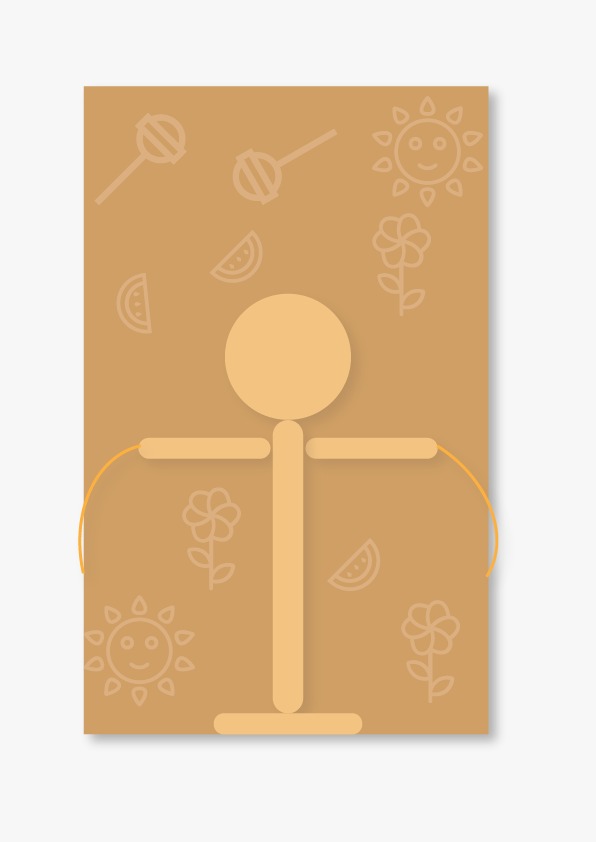
Servo motors would work with the input coming from pressure sensors on each players' joystick, and so the arms of the puppet (stickman) would move, making it dance. It would also have a neon light as its heart to symbolize a human. If there was too much pressure applied by the players, the heart would light up indicating that the stickman is hurt and it would vibrate as a warning with output via solenoid.
The drawing and pseudocode of the prototype map out the mechanism below:
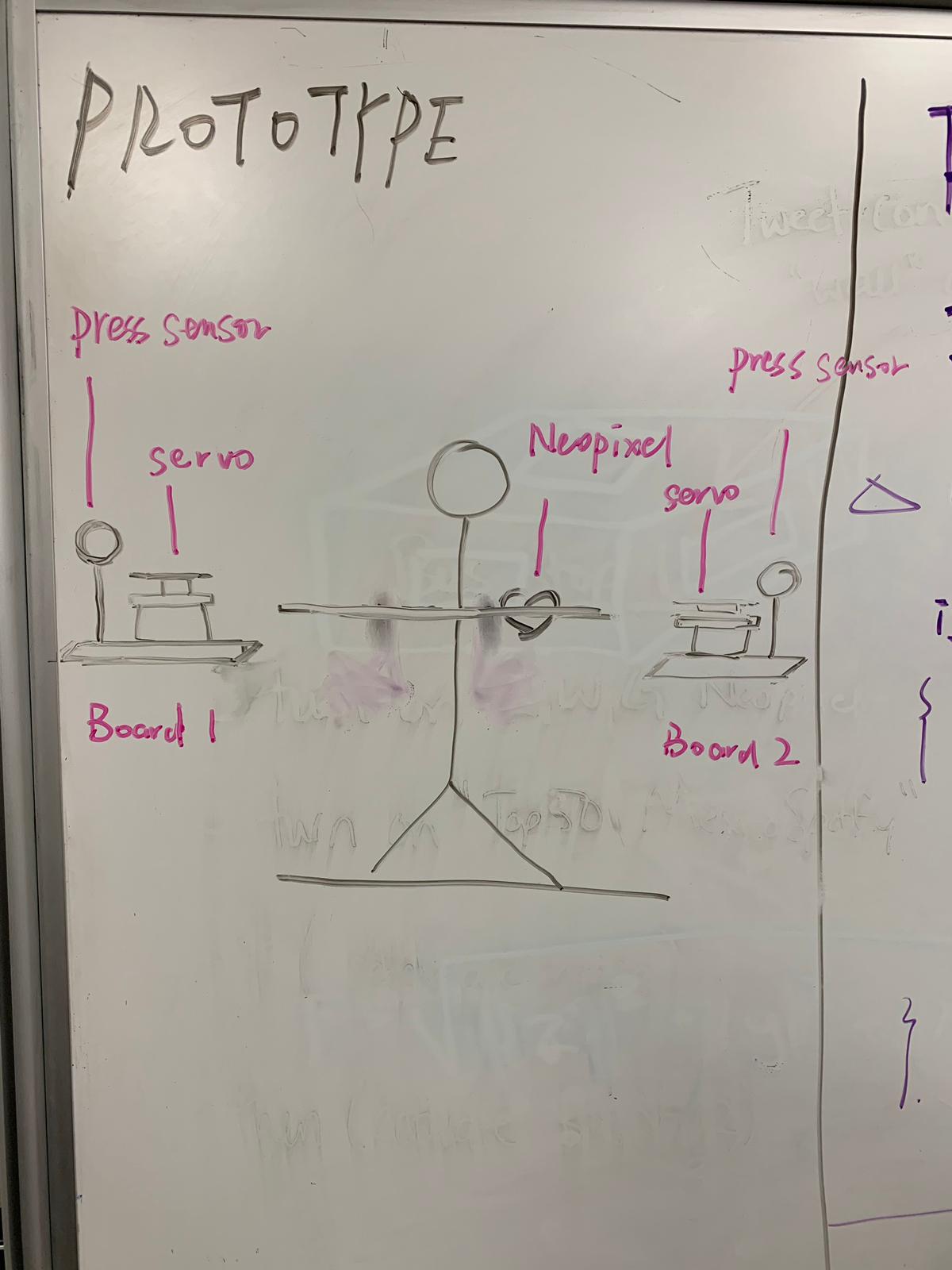

As we iterated more on this idea, we explored the neopixels and decided to use a neopixel stick to show a countdown of lives for stickman. We wanted to show the consequences of players' "violent" actions by dropping down lives -turning off LED lights two by two- as one of the players applied too much pressure and hit the threshold. The reason of turning off two LEDs each time was to create the sense of collective action and responsibility, instead of blaming individual actions. We wanted to keep each players accountable for the common good.
We encountered issues in the coding of that mechanism of turning of LEDs with threshold, as well as having components stop working properly when combined on the same breadboard. The reason for this might be having too tasks and current consumption on the same Argon as well as too much sophistication in the code.
Nevertheless, we made a clean prototype of the stage (front and backstage) for the stickman puppetry and joysticks for players by lasercutting plywood. We engraved a children's pattern on the wall of the stage and made the wires invisible by hiding them in the backstage.
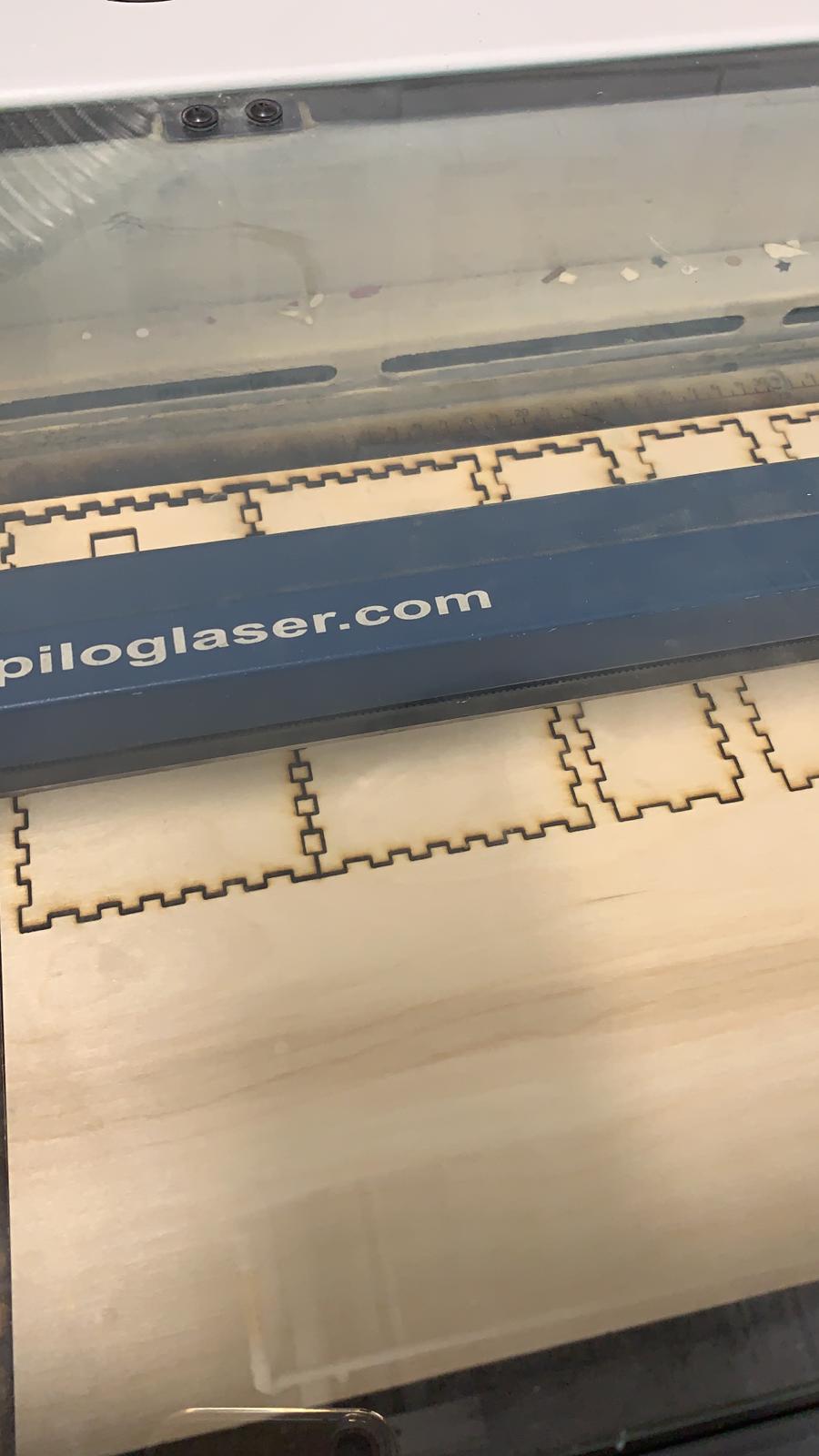
We enjoyed the process of ideation, prototyping and realization of the entire concept, but had a hard time fixing the code and making the prototype work. We learnt couple of lessons through this journey, the most important is that keeping the idea and mechanism simple is the key.
